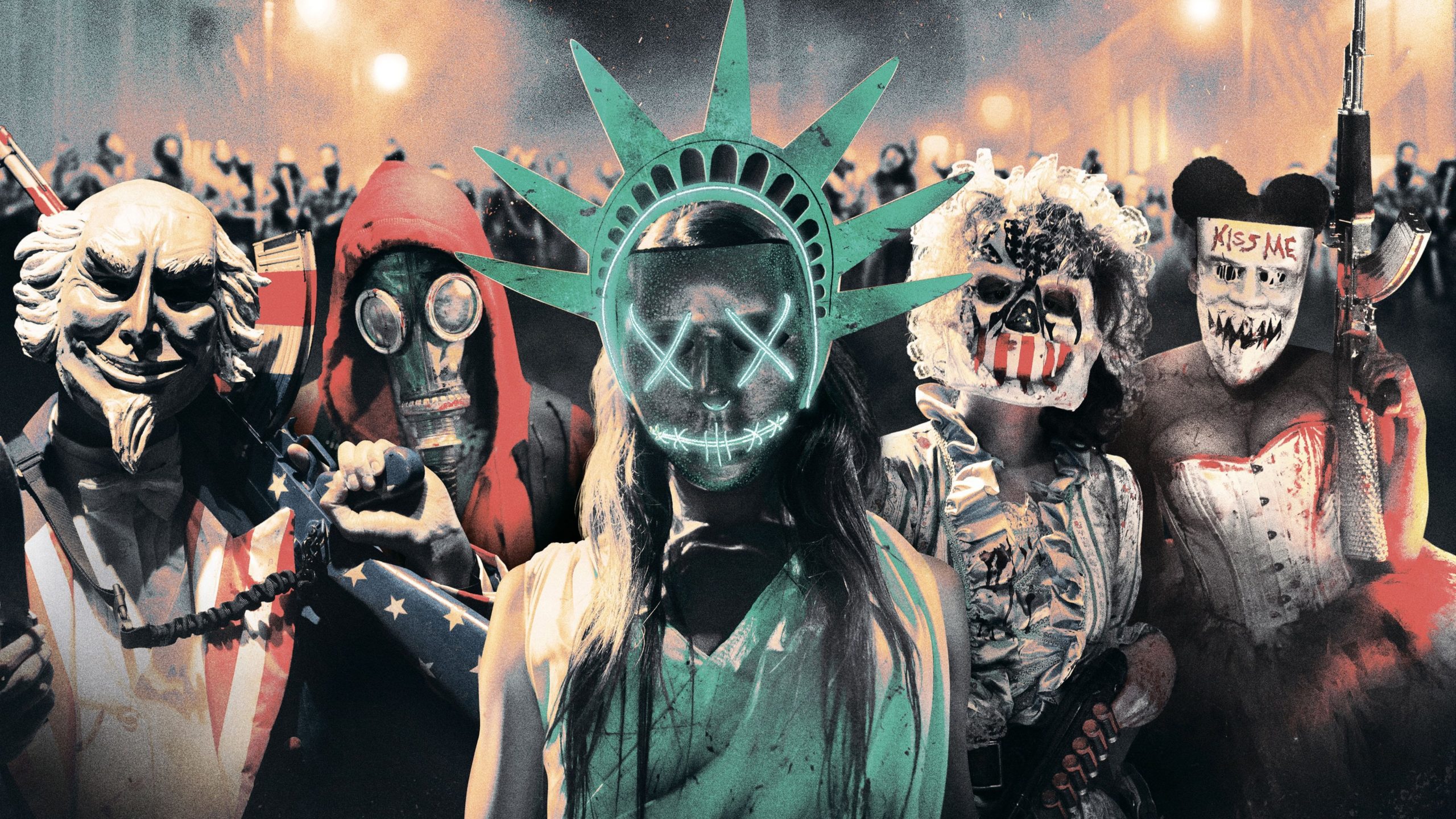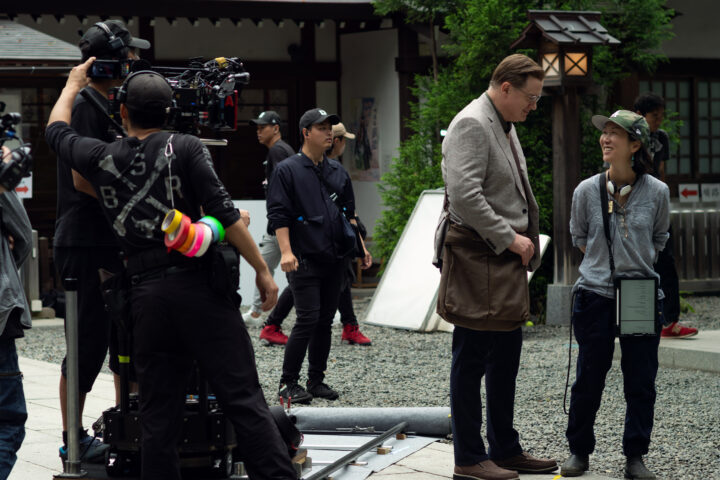A welcome surprise, The Purge: Election Year is a smart horror film informed by a sociopolitical context that gives it unexpected relevance. The third in the near-future series about the maintenance of social order via an annual, government-sanctioned crime spree, the new film strives—and largely succeeds—to present a recognizable class warfare and opposing political ideologies in gridlock. A far left vision of corporate greed run amok and a pointed anti-Trump polemic, it’s a movie that also manages to scare us with consistently imaginative horror sequences.
2013’s modest original The Purge struck an unexpected chord with its visceral home invasion premise, Ethan Hawke carrying water for writer-director James DeMonaco in clever, well-executed and scrappy b-movie.
It wasn’t the movie that took hold so much as the premise; its box office guaranteed for DeMonaco’s 2014’s The Purge: Anarchy, a less successful effort that took the premise to the streets but lost the focus. It did, however, introduce us to a tough-guy Frank Grillo as a crusading cop with psychological wounds. No matter, because the film sacrificed empathy for exploitation and lost its way.
Grillo, sporting a cool new haircut but the same rough-and-tumble weariness, is back for this new, and best, installment. Picture opens with a flashback to the purged childhood of now adult, popular progressive presidential hopeful Senator Charlene Roan (Elizabeth Mitchell). Having lost her entire family decades earlier, Roan’s platform is to eliminate the purge, a construct she posits was designed to rid the 1% of everyone else, a thinly veiled ethnic cleansing ritual and one fully supported by, you guessed it, the wealthy, white powerbrokers conspiring to have Roan herself purged and steal the election.
Enter a handful of compelling, well-acted characters including Mykelti Williamson as an urban convenience store owner about to be taxed out of the neighborhood, his right hand employee, a Latino immigrant (Joseph Julian Soria), and a former purge survivor turned savior (Betty Gabriel), each of whom is believable and add believability to the social allegory.
Grillo’s Leo Barnes is assigned to protect Roan, but when her home is invaded by white supremacist executioners they soon find themselves on DeMonaco’s savage streets, where the inventive horror scenes are brutally effective, including a nifty drone and inspired use of Miley Cyrus’ Party in the U.S.A, accompanying a feral band of lady thugs bent on taking Williamson down.
The movie expands to incorporate a Black Panthers-style faction holed up in a makeshift command center bunker, as well as neo-Nazis dispatched by Roan’s political rival, never far behind. All of this builds to a climactic sequence in a church where elite, white parishioners delight in a staged execution.
DeMonaco’s mounting of these nightmarish sequences might be described as designer ugliness, and he certainly knows how to art direct and shoot menace with the best of them. One sequence where masked, garder-strapped teen girls brandish guns in slow motion, truly gave me the creeps.
That the DeMonaco handles the horror scenes effectively is to be expected, but the detail in the character moments gives us people to care about, particularly Williamson and Soria, who convey a sense that getting through any day is a struggle; purge day is merely another.
3 stars.



